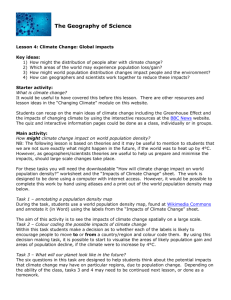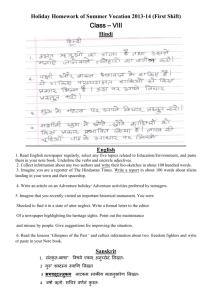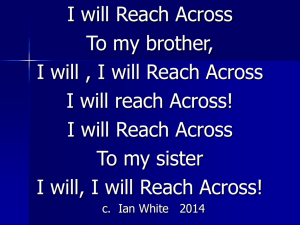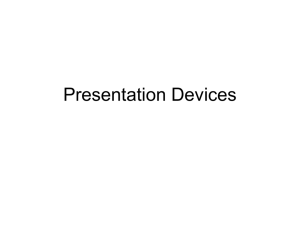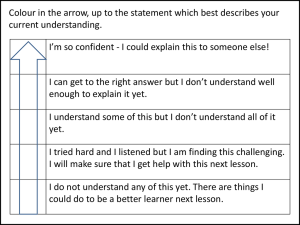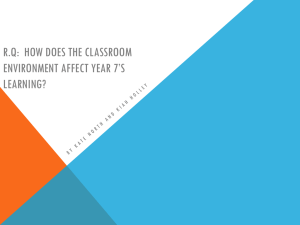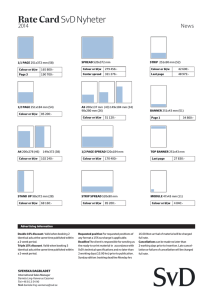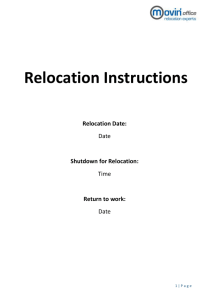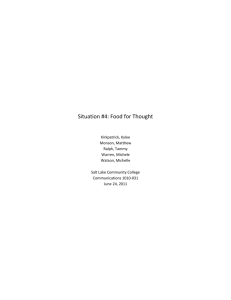Impacts of climate change
advertisement
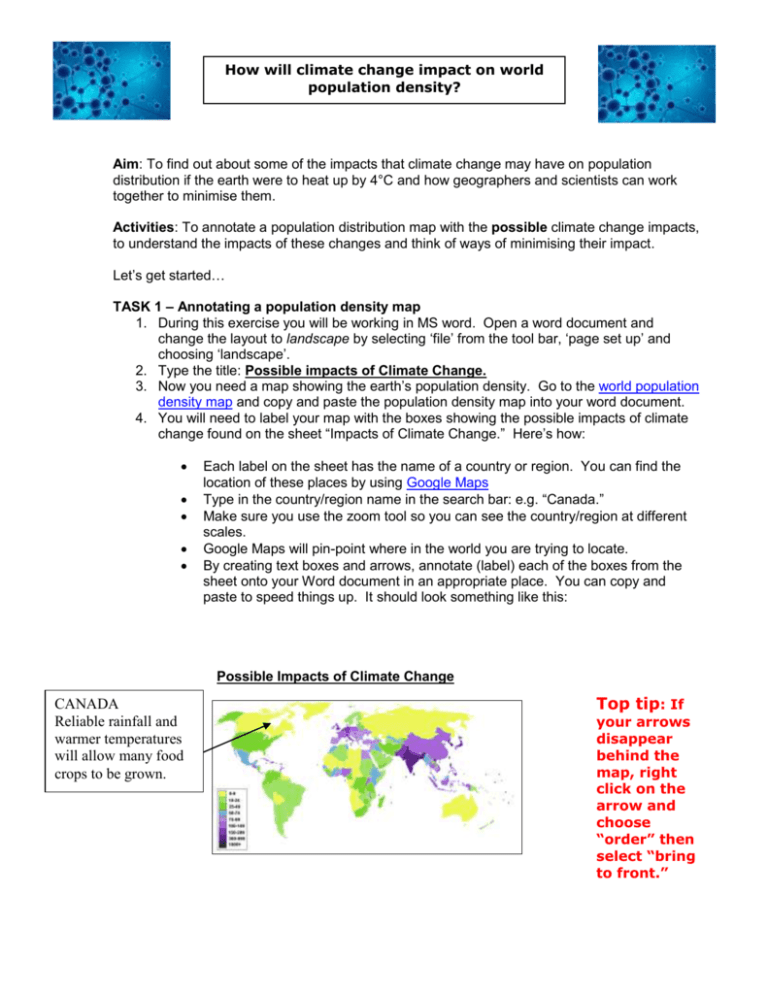
How will climate change impact on world population density? Aim: To find out about some of the impacts that climate change may have on population distribution if the earth were to heat up by 4°C and how geographers and scientists can work together to minimise them. Activities: To annotate a population distribution map with the possible climate change impacts, to understand the impacts of these changes and think of ways of minimising their impact. Let’s get started… TASK 1 – Annotating a population density map 1. During this exercise you will be working in MS word. Open a word document and change the layout to landscape by selecting ‘file’ from the tool bar, ‘page set up’ and choosing ‘landscape’. 2. Type the title: Possible impacts of Climate Change. 3. Now you need a map showing the earth’s population density. Go to the world population density map and copy and paste the population density map into your word document. 4. You will need to label your map with the boxes showing the possible impacts of climate change found on the sheet “Impacts of Climate Change.” Here’s how: Each label on the sheet has the name of a country or region. You can find the location of these places by using Google Maps Type in the country/region name in the search bar: e.g. “Canada.” Make sure you use the zoom tool so you can see the country/region at different scales. Google Maps will pin-point where in the world you are trying to locate. By creating text boxes and arrows, annotate (label) each of the boxes from the sheet onto your Word document in an appropriate place. You can copy and paste to speed things up. It should look something like this: Possible Impacts of Climate Change CANADA Reliable rainfall and warmer temperatures will allow many food crops to be grown. Top tip: If your arrows disappear behind the map, right click on the arrow and choose “order” then select “bring to front.” TASK 2- Colour coding the possible impacts of climate change 1. Once you have labelled all of the possible impacts of Climate Change from the “Impacts of Climate Change” sheet, you need to colour code them: Areas where people may move from Areas where people may move to Here’s how: In your word document, right click on a text box outline for one of your labels Choose “format textbox.” Choose the “Colours and Lines” tab. In the “fill” section, choose a colour from the drop down menu Click “ok.” Now do the same for your other labels. 2. Once each of your labels is colour coded, add a key for your colour coding. TASK 3 – what will our planet look like in the future? 1. Using the original population density map, which areas of the world (currently) have the highest population density? 2. Using your annotations, if the climate was to increase by 4°C due to climate change, how would population be affected in these areas? 3. What impact will climate change have on the areas of New Zealand, Canada, Antarctica and Patagonia? 4. Do you think the changes in these areas matter? Why? 5. What problems do you foresee for these countries in the future? 6. What problems do you think these changes in population might have on: a) World peace b) World water resources c) World food production d) World population density? TASK 4 – How can scientists and geographers work together to minimise the impacts of climate change? For each of the following problems discuss in pairs/groups how scientists and geographers can minimise these problems: Food shortages Water shortages Space shortages Extension Using a blank world outline map and your annotated map, produce a coloured map (choropleth map) showing what the world’s population density might look like if the climate was to increase by 4°C. You can print an outline map from TeacherVision
